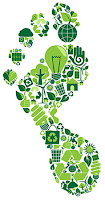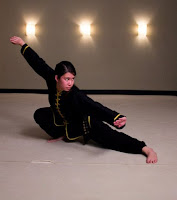Harnessing the power of martial arts for better application of leadership can be a great way to build strong and successful teams. It is a skill that can be developed and refined, and can be used to create an environment of trust, respect and support
Could be that leadership is a concept that has been around since the beginning of time. It is a skill that has been highly sought after and valued by many, from the military, kings to the corporate world. However, how can martial arts be used to develop this valuable skill?
Believe it or not, but martial arts provide an excellent way to develop the skills required to become an exceptional leader. In martial arts, the focus is on self-discipline and control. This means that practitioners must learn to control their thoughts, emotions, and physical movements. This self-control requires an excellent level of focus and concentration. When a person can control their own actions and thoughts, they are better able to fight or work as well as to lead and motivate others. It also teaches them to be patient and persistent when dealing with difficult situations.
Martial arts also teaches practitioners how to effectively communicate with their peers. Practitioners learn to be assertive and persuasive in their communication. During the practice, they learn to express themselves in a clear and concise manner and to listen to others with respect. This skill is essential for successful leadership, as it allows leaders to effectively communicate their vision and through it motivate their team.
Leadership, as opposed to management, requires the ability to think strategically and plan far ahead. Martial arts provides an ideal platform to develop these skills. In martial arts, practitioners must think ahead and anticipate their opponent’s moves and actions. This practice can teach leaders to anticipate the needs of their team and develop strategies to meet those needs.
Martial arts also teaches practitioners to be decisive as practitioners must make split-second decisions that can affect the outcome of a drill or a match. This instils them to make quick decisions and stand by them. This skill is essential for leadership, as it allows leaders to make decisions quickly and confidently.
Finally, martial arts teaches practitioners to accept failure and learn from it. Practitioners must accept that failure and use it as a learning opportunity when practicing the art otherwise one cannot see the drawbacks or advantages one has. As well, ups and downs are an inevitable part of life. The same goes with leaders, they have to accept failure, learn from it, and use it as a learning opportunity instead of a setback.
Therefore, martial arts provides an excellent platform to develop the skills required to become an outstanding leader
The “Leadership by Virtue” book is packed with information, techniques, and strategies that can be used to increase leadership capabilities, while also giving readers an in-depth look at the history, philosophy, and teachings of martial arts.








































